The clean agricultural product model is being replicated in Hai Le commune, Quang Tri town, contributing to improving people's income - Photo: LN
In the national criteria set for new rural communes and advanced new rural communes for the 2021-2025 period issued by the Prime Minister , criterion No. 10 on income requires a higher quality of completion than the previous period. The regulations on average income per capita change every year, reaching 53 million VND/person/year or more by 2025. By the end of 2024, the whole province has 76 communes meeting the income criteria (accounting for 75.2%), many communes meeting new rural and advanced new rural standards have had completed income levels exceeding the standards compared to the criteria's requirements.
To achieve these results, in recent years, localities have continued to effectively restructure the agricultural sector, develop the rural economy ; strongly implement the One Commune One Product (OCOP) Program to increase added value, in line with the digital transformation process, adapt to climate change. At the same time, strongly develop occupations; develop rural tourism; improve the operational efficiency of cooperatives; support start-up businesses in rural areas; improve the quality of vocational training for rural workers, contributing to increasing people's income in a sustainable way.
Implementing the goal of restructuring the agricultural sector towards increasing added value and sustainable development associated with the new rural development program, many agricultural models applying high technology, organic agriculture, natural farming and linking in production and consumption of products have been formed. Collective economy increasingly plays a positive role in the process of socio-economic development, contributing to increasing people's income.
By the end of 2024, the whole province will have 318 agricultural cooperatives and 2 agricultural cooperative unions; 193 cooperatives are classified as good and fair (reaching 62.66%); 81 cooperatives participate in linking production and consumption of products for cooperative members; 23 cooperatives with 35 OCOP products of 3 stars or higher; there are 1,981 cooperatives operating in the fields of agriculture, forestry and fishery, of which 237 cooperatives are registered with local authorities...
The OCOP program continues to receive attention and direction for implementation. The whole province has 183 OCOP products, including 40 4-star products (including 2 products proposed to the national OCOP product evaluation and classification council to evaluate and recognize 5-star), and 143 3-star products.
The 3B cow farming model brings in quite high income in Hai Le commune, Quang Tri town - Photo: LN
To effectively implement the income criteria in the program of building new rural areas and advanced new rural areas, localities also focus on applying scientific and technical advances in cultivation and livestock breeding to increase productivity and improve people's income. Implement the conversion of small-scale, dispersed livestock farming to concentrated, disease-safe livestock farming associated with linkages, product consumption, and minimizing environmental pollution.
At the same time, create the most favorable conditions for the development of small-scale industries, especially those with strengths; pay attention to removing difficulties for businesses; promote the development of craft village products and small-scale industrial products associated with the development of trade, services, and tourism...
Implementing the program of building advanced new rural areas, Hai Le commune, Quang Tri town has deployed many solutions to improve and raise the living standards and income of the people, paying attention to directing the creation of jobs for rural workers. Many training courses to improve skills for rural workers have been deployed for the people in the area.
Along with that, local authorities focus on directing the development of agricultural production, trade and services; encourage and create conditions for companies and businesses located in the area to develop; support people to access loans from credit institutions to develop production and increase income...
Thanks to that, by the end of 2024, the average income per capita of Hai Le commune will reach 55.59 million VND/person/year; the multidimensional poverty rate will decrease to 1.95%; the rate of trained workers will reach 83.8%. Income will improve, and the living standards of local people will be significantly improved. Currently, there are no temporary or dilapidated houses in the commune; 64.5% of households have solid houses.
As a purely agricultural locality, in order to implement the income criteria in building new rural areas and advanced new rural areas, Hien Thanh commune, Vinh Linh district has created conditions for people to access preferential loans; vocational training for rural workers; focused resources on investing in infrastructure, meeting the requirements of local socio-economic development; promoted the conversion of crop and livestock structure, and promoted local advantages towards commodity production.
Currently, the commune has Loan Hao five-color vermicelli products recognized as 3-star OCOP, with digital transformation applications to trace product origins, a model with stable product consumption links, bringing economic efficiency, creating jobs for local workers; the commune's VietGap pepper products have been granted a growing area code. By the end of 2024, the average income per capita in Hien Thanh commune will reach 56.5 million VND/person/year; the multidimensional poverty rate will decrease to 1.36%; people's satisfaction with the results of building new rural areas will reach a high rate (96.6%).
In the coming time, Hien Thanh commune will build a socio-economic development plan suitable to the conditions, characteristics and strengths of the locality to develop production, maintain and increase income.
Although considered an important criterion in implementing the new rural development program, income is also a difficult criterion to implement (especially for disadvantaged communes, remote areas) and difficult to maintain sustainably. Determining that building a new rural area "has only a starting point, no end point", therefore, in the coming time, to maintain and improve the quality of the income criterion, localities need to continue to promote restructuring the agricultural sector, develop comprehensive agriculture in a modern direction associated with developing industries, services, creating jobs, increasing income, and shifting the rural economic structure.
At the same time, support and facilitate enterprises to link with cooperatives and production households to form value chains of key local agricultural products associated with traceability. The One Commune One Product program needs to be implemented more comprehensively to maximize the potential and advantages of typical and strong products of localities in the province.
Thanh Le
Source: https://baoquangtri.vn/nhieu-giai-phap-nang-cao-thu-nhap-cho-nguoi-dan-khu-vuc-nong-thon-192837.htm


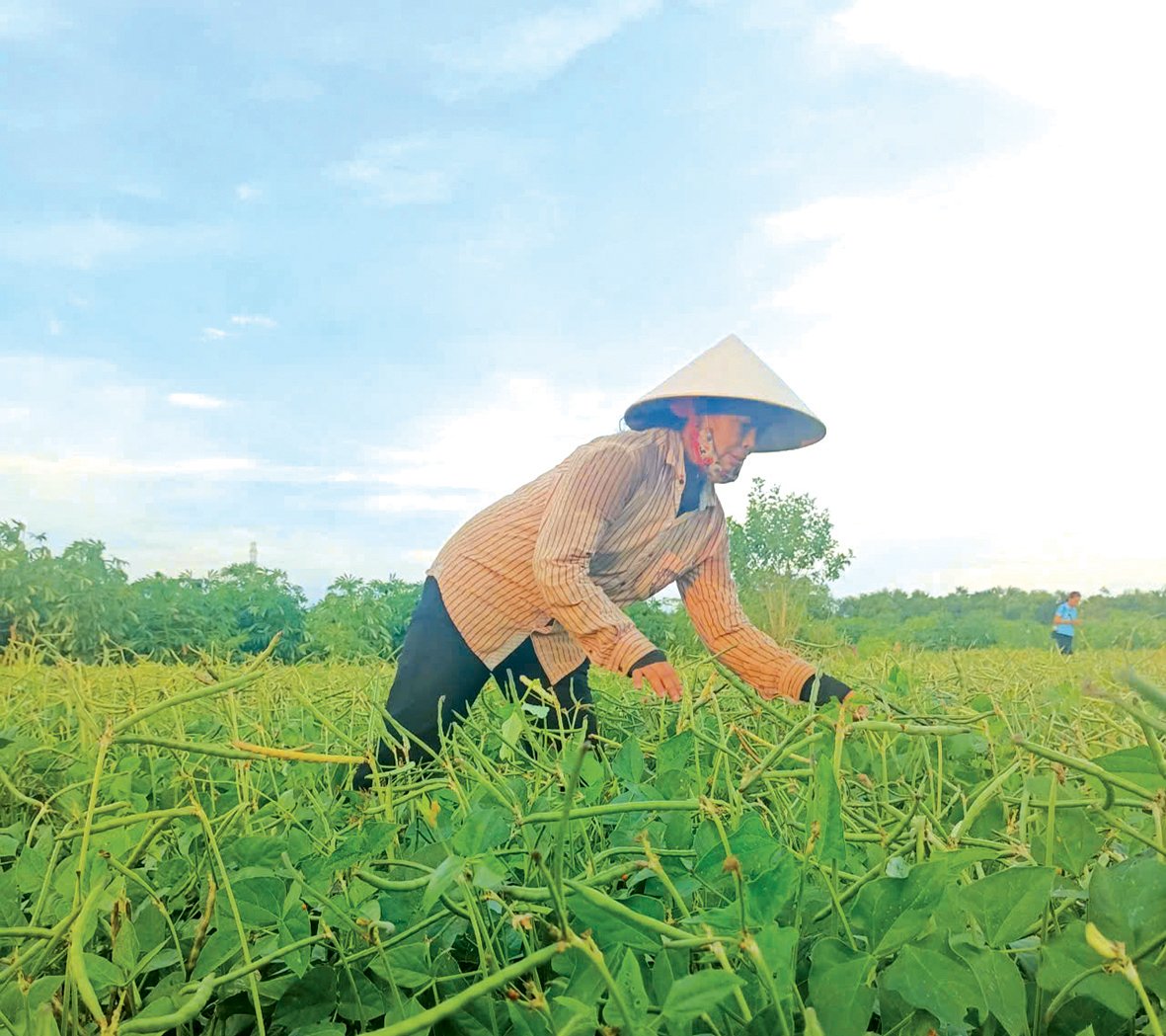


![[Photo] Opening of the 14th Conference of the 13th Party Central Committee](https://vphoto.vietnam.vn/thumb/1200x675/vietnam/resource/IMAGE/2025/11/05/1762310995216_a5-bnd-5742-5255-jpg.webp)




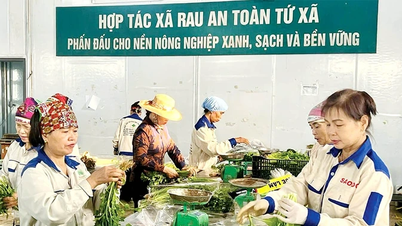

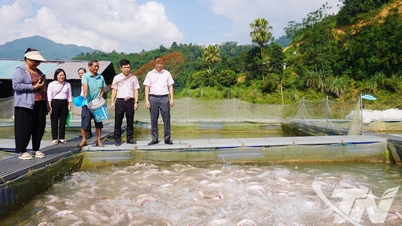

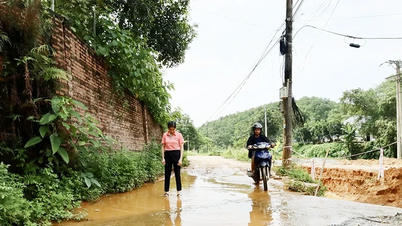
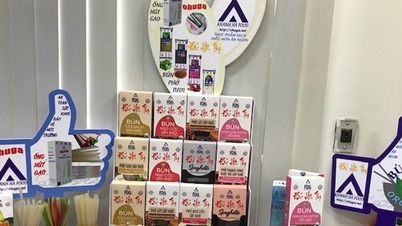

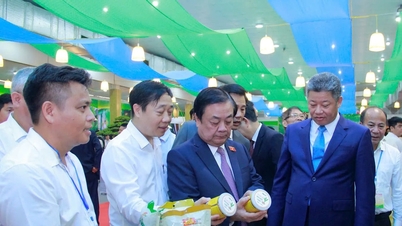

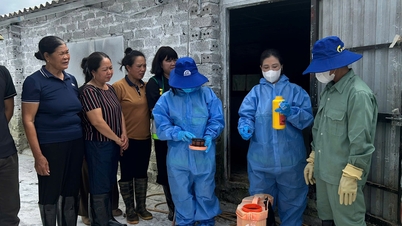

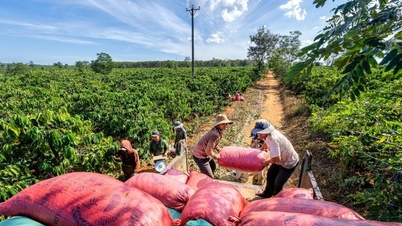


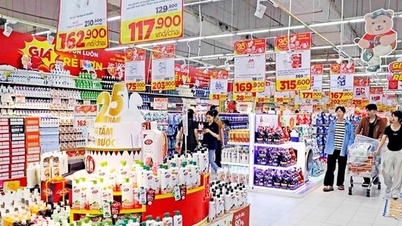

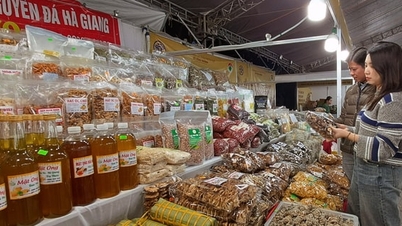








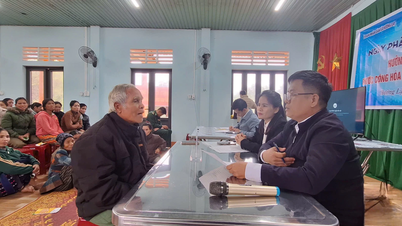

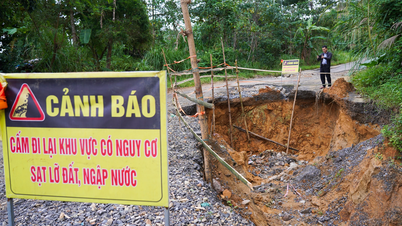

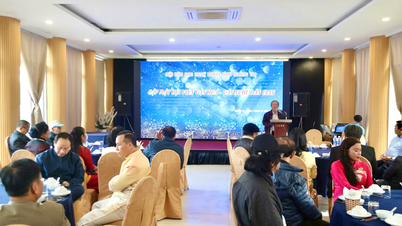

![[Photo] Panorama of the Patriotic Emulation Congress of Nhan Dan Newspaper for the period 2025-2030](https://vphoto.vietnam.vn/thumb/1200x675/vietnam/resource/IMAGE/2025/11/04/1762252775462_ndo_br_dhthiduayeuncbaond-6125-jpg.webp)
















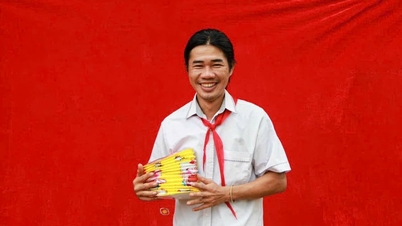



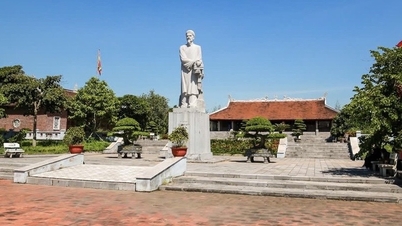


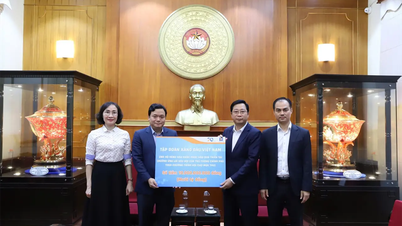


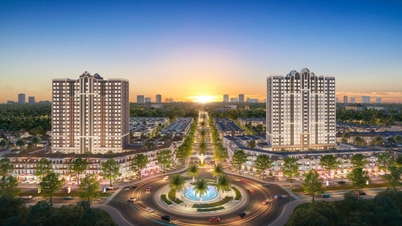
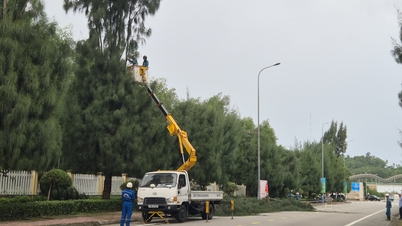





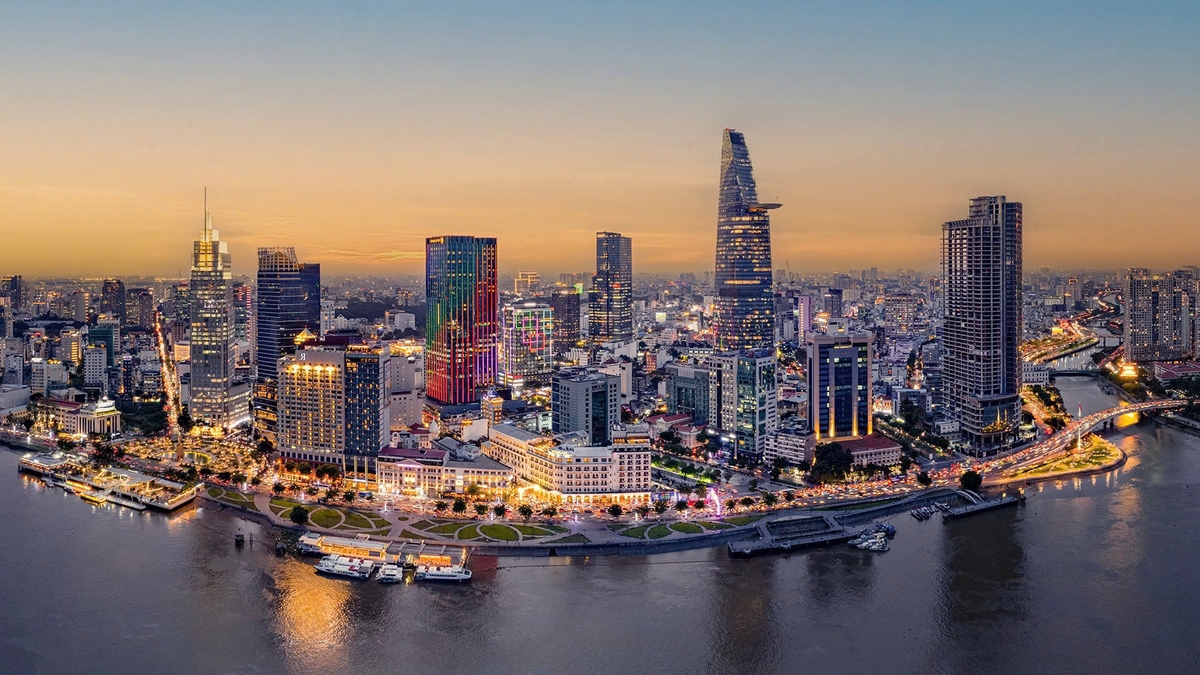









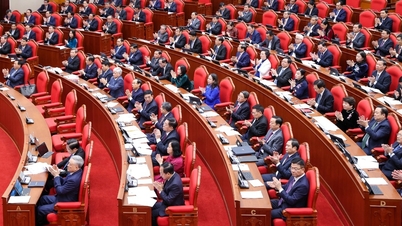
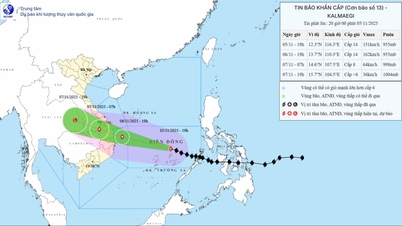


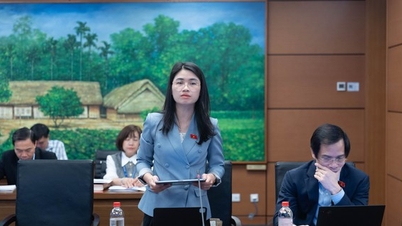











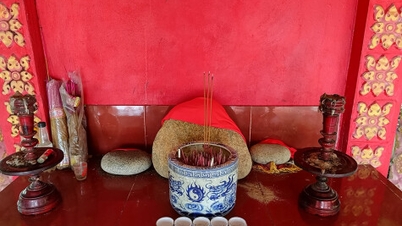

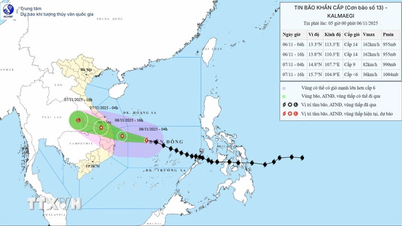
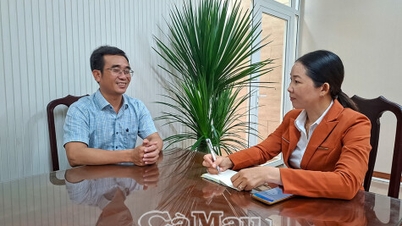




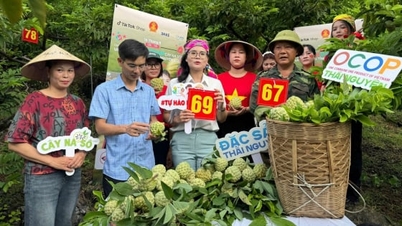
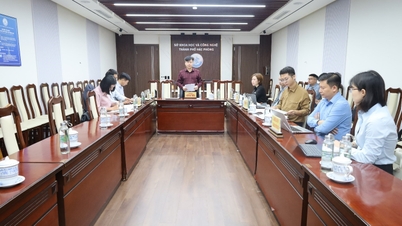




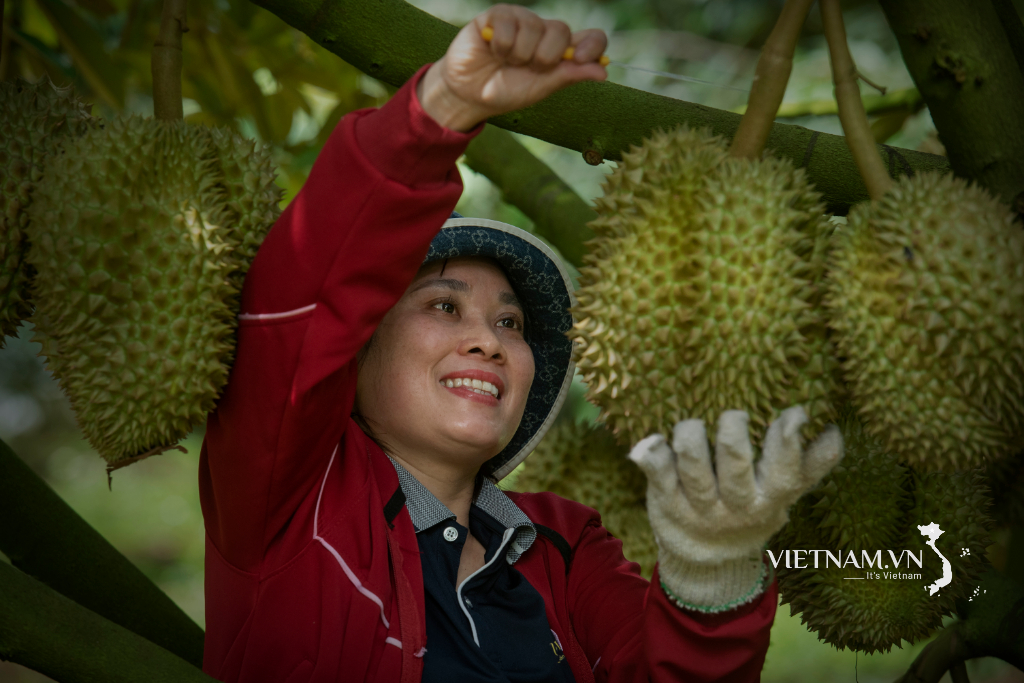


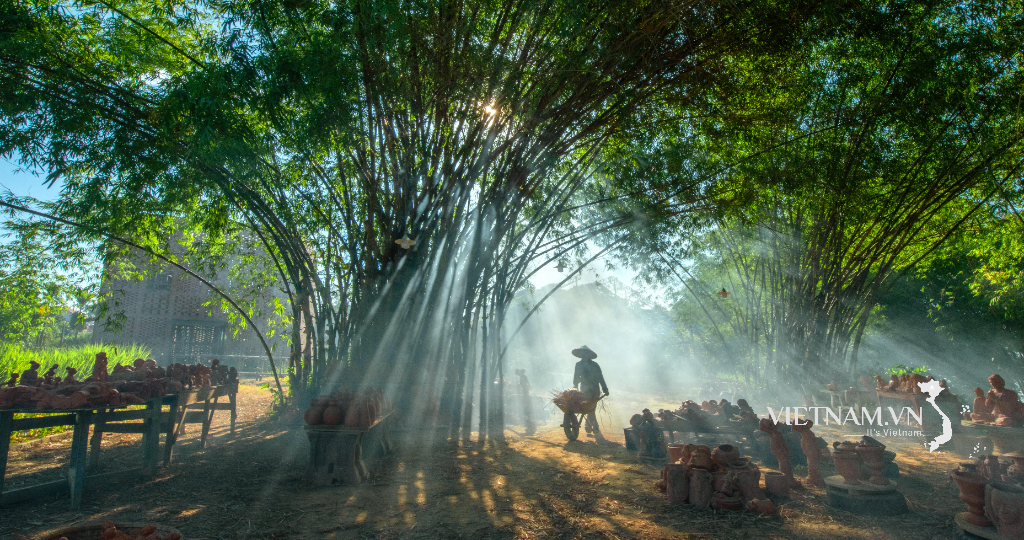
Comment (0)